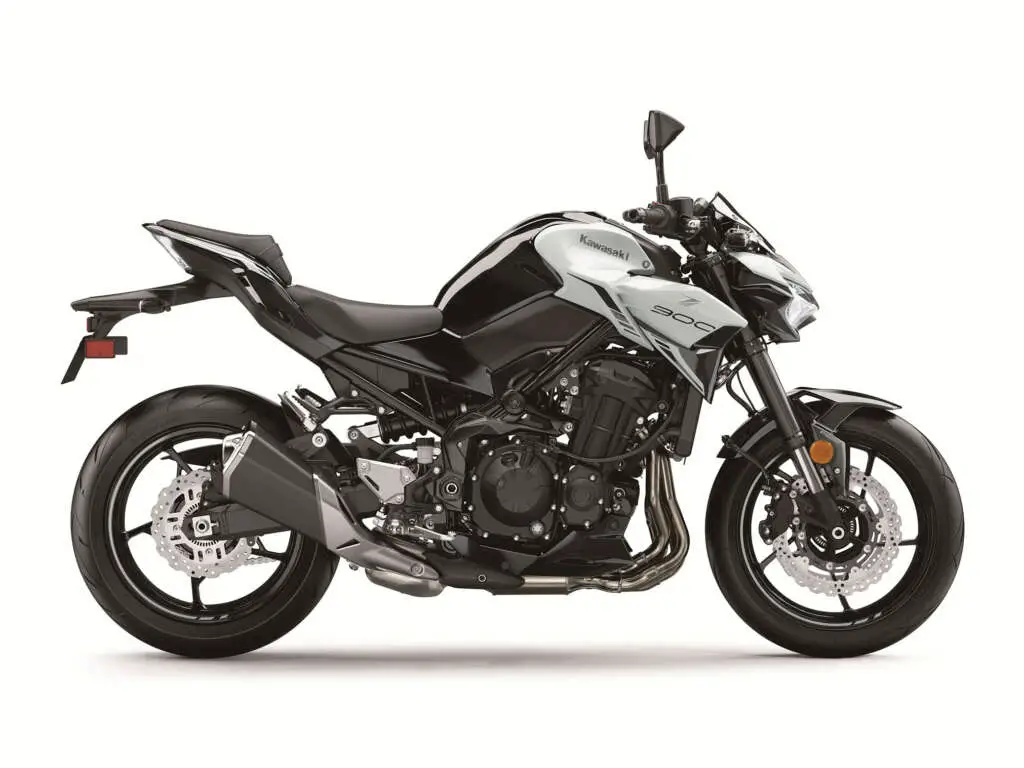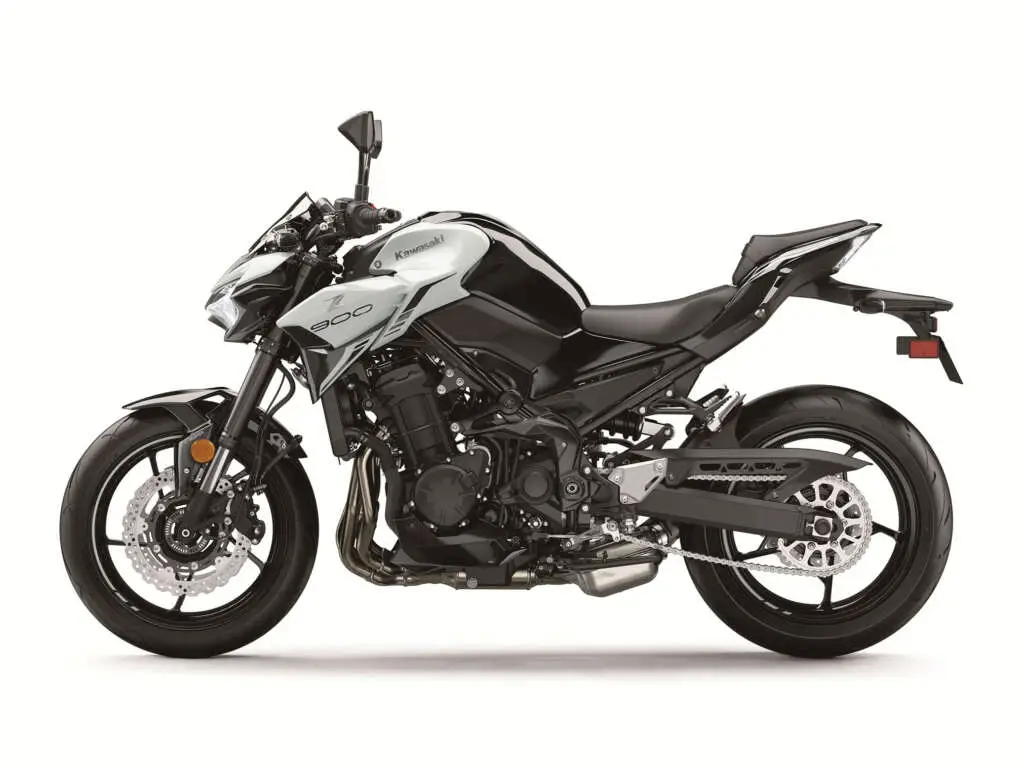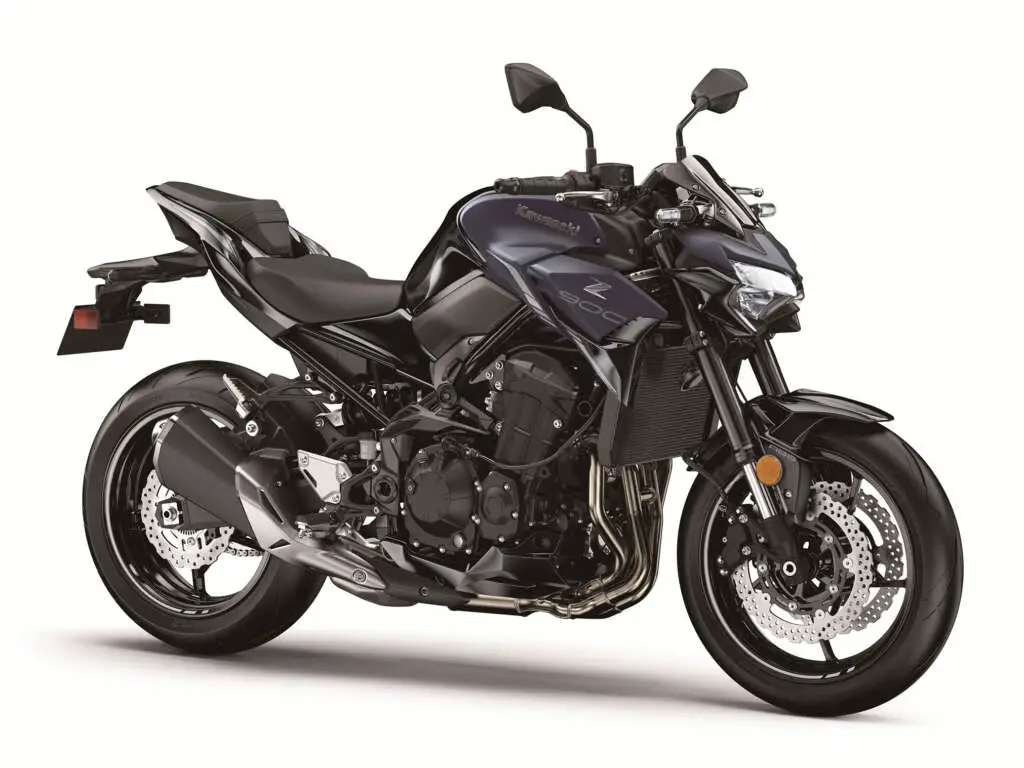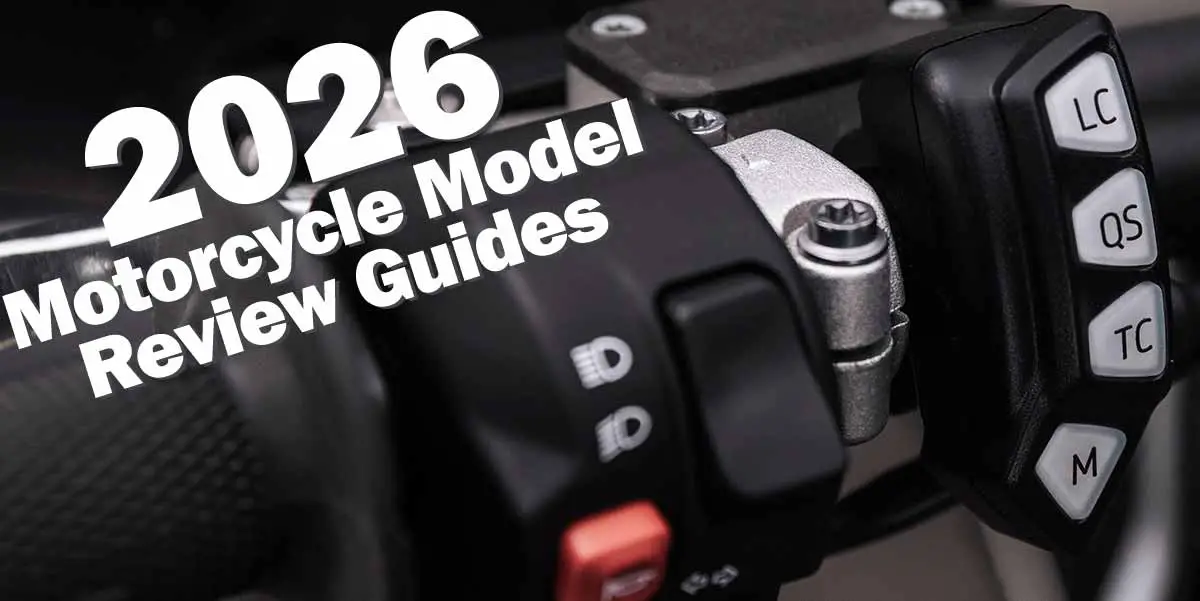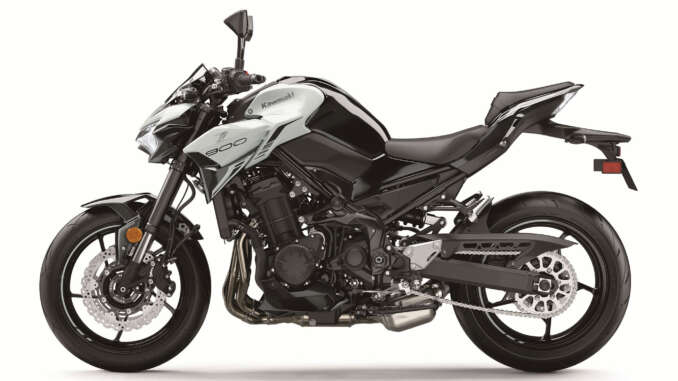
2022 Kawasaki Z900 ABS: A TRUE SUPERNAKED EXPERIENCE.
Introducing the 2022 Kawasaki Z900 ABS…
The Z900 ABS naked sportbike receives a host of advanced features and epitomizes Kawasaki’s belief of what the ideal supernaked should be. At 948cc with an ultra-lightweight chassis, every ride is met with exceptional power, responsiveness and excitement. The 2022 Z900 ABS features a 948cc liquid-cooled, in-line four-cylinder engine, strengthened frame, improved front and rear suspension settings, Sugomi-inspired Z styling, Kawasaki Traction Control (KTRC), Power Mode and Integrated Riding Modes selection, Smartphone Connectivity via RIDEOLOGY THE APP, TFT Color Instrumentation, LED headlamp, position lamp & license plate lamp, and Dunlop Sportmax Roadsport 2 Tires.
The Z spirit finds its latest expression in the Sugomi styled Z900. Power to the max, instinctive handling and traction control redefine the supernaked experience. LED lights and a TFT display bring the newest tech. Push boundaries and dominate your ride.
2022 Kawasaki Z900 ABS Totalmotorcycle.com Key Features
TFT Colour Instrumentation
The new all-digital TFT colour instrumentation gives the cockpit a high-tech, high-grade appearance. The new meter also offers additional features unavailable on the previous model.
Latest Evolution of Z Sugomi Styling
While the Z900’s distinctive sugomi design elements (crouching stance, low-positioned head and upswept tail) remain unchanged, its eye-catching styling benefits from a number of updates that make its aggressive design even sharper.
Power Mode Selection
A choice of Full Power or Low Power modes allows riders to set power delivery to suit preference and conditions. Low Power mode limits output to approximately 55% of Full Power. (The reduced power, which varies according to engine speed (rpm) and throttle position, offers enhanced manageability.)
All-LED Lighting
New LED headlamp, position lamps, licence plate lamp and turn signals† add to the Z900’s sharper new styling.
KTRC (Kawasaki Traction Control)
Kawasaki’s advanced traction control system provides both enhanced sport riding performance and the peace of mind to negotiate low-traction surfaces with confidence. Three riderselectable modes offer progressively greater levels of intrusion to suit the riding situation and rider preference.
KAWASAKI BEGINS EARLY PRODUCTION OF 2022 STREET MOTORCYCLES
Over the course of 2021, the powersports industry saw a significant increase in popularity with new and experienced riders alike, turning to motorcycles, ATVs, side-x-sides, and personal watercrafts. To meet this growing demand Kawasaki is moving up the production and introduction of select model year 2022 motorcycles. Kawasaki has selected a range of supersport, sport, naked and cruiser models that will arrive in Kawasaki dealerships during the summer months so that more riders have a chance to “Let the good times roll.”
2022 Kawasaki Z900 ABS Totalmotorcycle.com Features and Benefits
Assist & Slipper Clutch
Based on feedback from racing activities, the Assist & Slipper Clutch uses two types of cams (an assist cam and a slipper cam) to either drive the clutch hub and operating plate together or apart.
Under normal operation, the assist cam functions as a self-servo mechanism, pulling the clutch hub and operating plate together to compress the clutch plates. This allows the total clutch spring load to be reduced, resulting in a lighter clutch lever feel when operating the clutch.
When excessive engine braking occurs – as a result of quick downshifts (or an accidental downshift) – the slipper cam comes into play, forcing the clutch hub and operating plate apart. This relieves pressure on the clutch plates to reduce back-torque and helps prevent the rear tire from hopping and skidding. This race-style function is particularly useful when sport or track riding.
Dual Throttle Valves
Late-model sport bikes often use large-bore throttle bodies to generate high levels of power. However, with large diameter throttles, when a rider suddenly opens the throttle, the unrestricted torque response can be strong. Dual throttle valve technology was designed to tame engine response while contributing to performance.
On models with dual throttle valves, there are two throttle valves per cylinder: in addition to the main valves, which are physically linked to the throttle grip and controlled by the rider, a second set of valves, opened and closed by the ECU, precisely regulates intake airflow to ensure a natural, linear response. With the air passing through the throttle bodies becoming smoother, combustion efficiency is improved and power is increased.
Economical Riding Indicator
Using high-precision electronic control for engine management, Kawasaki models can achieve a high level of fuel efficiency. However, fuel consumption is greatly affected by throttle use, gear selection, and other elements under the rider’s control. The Economical Riding Indicator is a function that indicates when current riding conditions are consuming a low amount of fuel. The system continuously monitors fuel consumption, regardless of vehicle speed, engine speed, throttle position and other riding conditions. When fuel consumption is low for a given speed (i.e. fuel efficiency is high), an “ECO” mark appears on the instrument panel’s LCD screen. By riding so that the “ECO” mark remains on, fuel consumption can be reduced.
While effective vehicle speed and engine speed may vary by model, paying attention to conditions that cause the “ECO” mark to appear can help riders improve their fuel efficiency – a handy way to increase cruising range. Further, keeping fuel consumption low also helps minimize negative impact on the environment.
KTRC (Kawasaki Traction Control)
KTRC, Kawasaki’s advanced traction control system provides both enhanced sport riding performance and the peace of mind to negotiate slippery surfaces with confidence. Multiple rider-selectable modes (the number of modes varies by model) offer progressively greater levels of intrusion to suit the riding situation and rider preference.
Less intrusive modes maintain optimum traction during cornering. Designed with sport riding in mind, they facilitate acceleration out of corners by maximizing forward drive from the rear wheel. And because Kawasaki’s sophisticated software bases its dynamic analysis on the chassis’ orientation relative to the track surface (rather than relative to a horizontal plane), it is able to take into account corner camber, gradient, etc., and adapt accordingly.
In the more intrusive modes (and for some models, in any mode), when excessive wheel spin is detected, engine output is reduced to allow grip to be regained, effectively enabling riders to negotiate both short, slippery patches (train tracks or manhole covers) and extended stretches of bad roads (wet pavement, cobblestone, gravel) with confidence.
Models equipped with IMU incorporate chassis-orientation feedback to offer even more precise management.
Power Modes
Models equipped with multiple Power Modes offer riders an easily selectable choice of engine power delivery to suit riding conditions or preference. In addition to Full Power mode, one (Low) or two (Middle, Low) alternate mode(s) in which maximum power is limited and throttle response is milder are provided.
Smartphone Connectivity
Clever technology enables riders to connect to their motorcycle wirelessly. Using the smartphone application “RIDEOLOGY THE APP,” a number of instrument functions can be accessed, contributing to an enhanced motorcycling experience. Vehicle information (such as the odometer, fuel gauge, maintenance schedule, etc) can be viewed on the smartphone. Riding logs (varies by model, but may include GPS route, gear position, rpm, and other information) can be viewed on the smartphone. When connected, telephone (call, mail) notices are displayed on the instrument panel. Riders can also make changes to their motorcycle’s instrument display settings (preferred units, clock and date setting, etc) via the smartphone. And on certain models, it is even possible to check and adjust vehicle settings (such as Rider Mode, electronic rider support features, and payload settings) using the smartphone.
Kawasaki ABS systems
Kawasaki ABS systems use front and rear wheel sensors to constantly monitor wheel speed. Should information from either of the sensors indicate that wheel lock has occurred, the ABS ECU directs the pump in the ABS unit to modulate brake fluid pressure (releasing and reapplying pressure so that traction can be regained) until normal operation resumes. ABS offers rider reassurance that contributes to greater riding enjoyment.
Horizontal Back-link Rear Suspension
Compared to the Kawasaki traditional Uni-Trak® rear suspension, which mounts the shock unit vertically, with Horizontal Back-link Rear Suspension, the shock unit is almost horizontal. The original Kawasaki suspension arrangement locates the shock unit very close to the bike’s center of gravity, greatly contributing to mass centralization. And because there is no linkage or shock unit protruding beneath the swingarm, this frees up space for a larger exhaust pre-chamber (an exhaust expansion chamber situated just upstream of the silencer). With a larger pre-chamber, silencer volume can be reduced, and heavy exhaust components can be concentrated closer to the center of the bike, further contributing to mass centralization. The result is greatly improved handling.
A secondary benefit is that the shock unit is placed far away from exhaust heat. Because it is more difficult for heat from the exhaust system to adversely affect suspension oil
2022 Kawasaki Z900 ABS – Totalmotorcycle.com USA Specifications/Technical Details
US MSRP Price: $9099 USD
Canada MSRP Price: $ CDN
Europe/UK MSRP Price: £ GBP (On The Road inc 20% Vat)
POWER
Engine 4-stroke, 4-cylinder, DOHC, 16-valve, liquid-cooled
Displacement 948cc
Bore x Stroke 73.4 x 56.0mm
Compression Ratio 11.8:1
Fuel System DFI® with 36mm Keihin throttle bodies
Ignition TCBI with electronic advance
Transmission 6-speed, return shift
Final Drive Sealed chain
Electronic Rider Aids Integrated Riding Modes, Kawasaki Traction Control (KTRC), Power Modes (2)
Maximum Torque 73.1 lb-ft @ 7,700 rpm
PERFORMANCE
Front Suspension / Wheel Travel 41mm inverted fork with rebound damping and spring preload adjustability/4.7 in
Rear Suspension / Wheel Travel Horizontal back-link, stepless rebound damping, adjustable spring preload/5.5 in
Front Tire 120/70 ZR17
Rear Tire 180/55 ZR17
Front Brakes Dual 300mm petal-style discs with four-piston calipers, ABS
Rear Brakes Single 250mm petal-style disc with single-piston caliper, ABS
DETAILS
Frame Type Trellis, high tensile steel
Rake/Trail 24.9°/4.3 in
Overall Length 81.5 in
Overall Width 32.5 in
Overall Height 42.5 in
Ground Clearance 5.7 in
Seat Height 31.5 in
Curb Weight 467.5 lb*
Fuel Capacity 4.5 gal
Wheelbase 57.3 in
Special Features Rideology the App Smartphone Connectivity, TFT Instrumentation
Color Choices Pearl Robotic White/Metallic Spark Black, Metallic Matte Twilight Blue/Metallic Spark Black
Warranty 12 Month Limited Warranty
Kawasaki Protection Plus™ (optional) 12, 24, 36 or 48 months
2022 Kawasaki Z900 ABS – Totalmotorcycle.com Canadian Specifications/Technical Details
TBA
2022 Kawasaki Z900 ABS – Totalmotorcycle.com European Specifications/Technical Details
Engine
Engine type Liquid-cooled, 4-stroke In-Line Four
Compression ratio 11.8:1
Valve system DOHC, 16 valves
Bore x stroke 73.4 x 56 mm
Displacement 948 cm³
Fuel system Fuel injection: Ø 36 mm x 4 with sub-throttle
Starting System Electric
Lubrication Forced lubrication, wet sump
Gear Performance & Transmission
Maximum torque 98.6 N•m {10.1 kgf•m} / 7,700 rpm
Maximum power 92.2 kW {125 PS} / 9,500 rpm
Fuel consumption 5.7 l/100 km
Power down kit 85 kW Available
CO2 emission 132 g/km
Fuel consumption 85 kW kit 5.7 l/100 km
CO2 emission 85 kW kit 132 g/km
Transmission 6-speed, return
Clutch Wet multi-disc, manual
Primary Reduction Ratio 1.627 (83/51)
Gear Ratios 1st 2.692 (35/13)
Gear Ratios 2nd 2.059 (35/17)
Gear Ratios 3rd 1.650 (33/20)
Gear Ratios 4th 1.409 (31/22)
Gear Ratios 5th 1.222 (33/27)
Gear Ratios 6th 1.034 (30/29)
Final drive Sealed chain
Final reduction ratio 2.933 (44/15)
Suspensions Brakes & Suspension
Brakes, front Dual semi-floating 300 mm petal discs. Caliper: Dual opposed 4-piston
Brakes, rear Single 250 mm petal disc. Caliper: Single-piston
Suspension, front 41 mm inverted fork with rebound damping and spring preload adjustability
Suspension, rear Horizontal Back-link with rebound damping and spring preload adjustability
Dimensions Frame & Dimensions
Frame type Trellis, high-tensile steel
Trail 110 mm
Wheel travel front 120 mm
Wheel travel rear 140 mm
Tyre, front 120/70ZR17M/C (58W)
Tyre, rear 180/55ZR17M/C (73W)
Steering angle L/R 33° / 33°
L x W x H 2,070 x 825 x 1,080 mm
Wheelbase 1,455 mm
Ground clearance 145 mm
Fuel capacity 17 litres
Seat height 820 mm
Curb mass 212 kg
Manufacturer Specifications and appearance are subject to change without prior notice on Total Motorcycle (TMW).


